ESP BAS Light On? (Common Causes and How To Fix)
When you get behind the wheel and start up your vehicle, you don’t want to see any warning lights lit up in your dash. But with certain makes of vehicle, a ESP BAS light is one possibility.
The ESP BAS light is an extremely important light on modern vehicles. If yours won’t turn off, you’re losing a few advanced safety features.
Here’s what causes the ESP BAS light to turn on, and most importantly, how to fix it.

What Does ESP BAS Mean?
ESP BAS stands for the vehicle’s “Electronic Stability Program or the Brake Assist System,” and when the light turns on, it means there’s an underlying problem with one of these systems. You can’t find an ESP BAS light in every vehicle since not every vehicle has these systems, but they’re common lights in Jeeps, Dodges, and Chryslers.
You can also find this light in Mercedes-Benz vehicles, but they call it a “BAS ESP” or “BAS” light instead of an ESP BAS light.
ESP BAS consists of two systems: the electronic stability program (also known as electronic stability control or ESC) and the brake assist system. To understand exactly what an ESP BAS system does, you need to understand both underlying systems.
The ESP system is similar to traction control, but while traction control helps keep your vehicle going straight, ESP helps your vehicle while cornering. Both systems are about keeping your wheels on the ground and getting good traction, but they thrive in different settings.
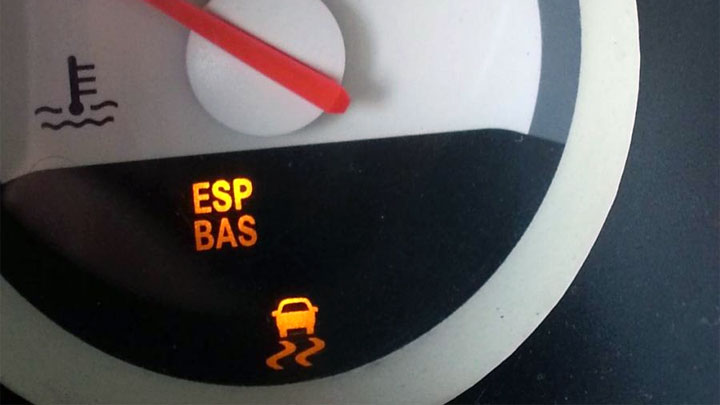
Meanwhile, BAS works in conjunction with the ABS for better braking performance in emergencies. BAS detects when you fully depress the brake in an emergency and ensures it stays fully depressed until the ABS kicks in.
Related: Why is the ESC Light On?
What Causes the ESP Bas Light to Come On?
There are a few reasons an ESP BAS light might come on in your vehicle. The reasons vary in likelihood and seriousness, and we’ll break down each potential reason for you here.
#1 – Faulty Steering Angle Sensor
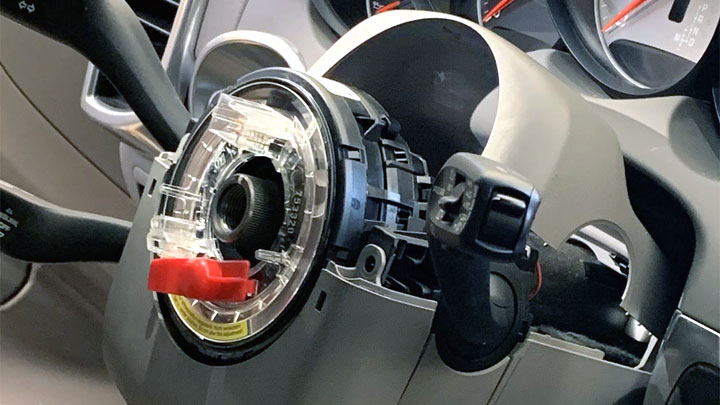
A faulty steering angle sensor is one of the most common reasons an ESP BAS light might turn on. For the ESP portion of the system to work your vehicle needs to know how much you’re turning the wheel when you’re going around a corner.
If the measurements don’t match up with the readings coming from one of the wheel speed sensors, it knows it needs to make an adjustment. But if the system recognizes that the steering angle sensor is giving faulty readings, it won’t be able to figure out what’s happening and make the necessary adjustments.
Because the actual turning of your wheels occur with a physical connection between the steering column and the rack and pinion (typically with the support of your vehicle’s power steering system), your vehicle will continue to turn even with a faulty steering angle sensor.
#2 – Faulty Wheel Speed Sensor
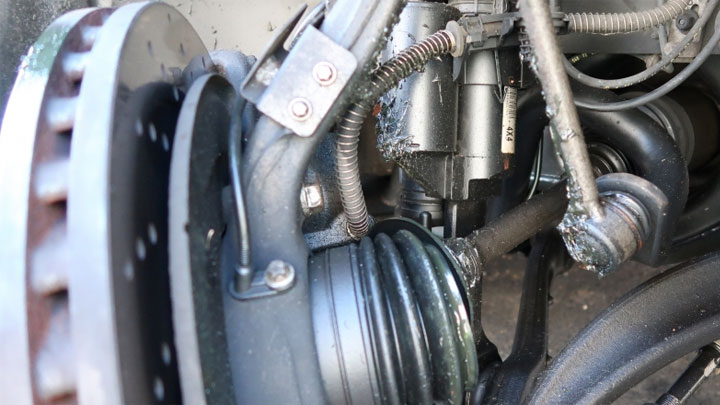
This is another extremely common reason your vehicle’s ESP BAS light might come on. Each wheel has a wheel speed sensor telling the computer exactly how fast that wheel is spinning. It compares those readings with the readings coming from the other wheel speed sensors to figure out if any of the wheels are slipping or losing traction.
Keep in mind if your vehicle has a bad wheel speed sensor, you’ll also lose safety features like traction control and ABS.
#3 – Faulty Brake Switch
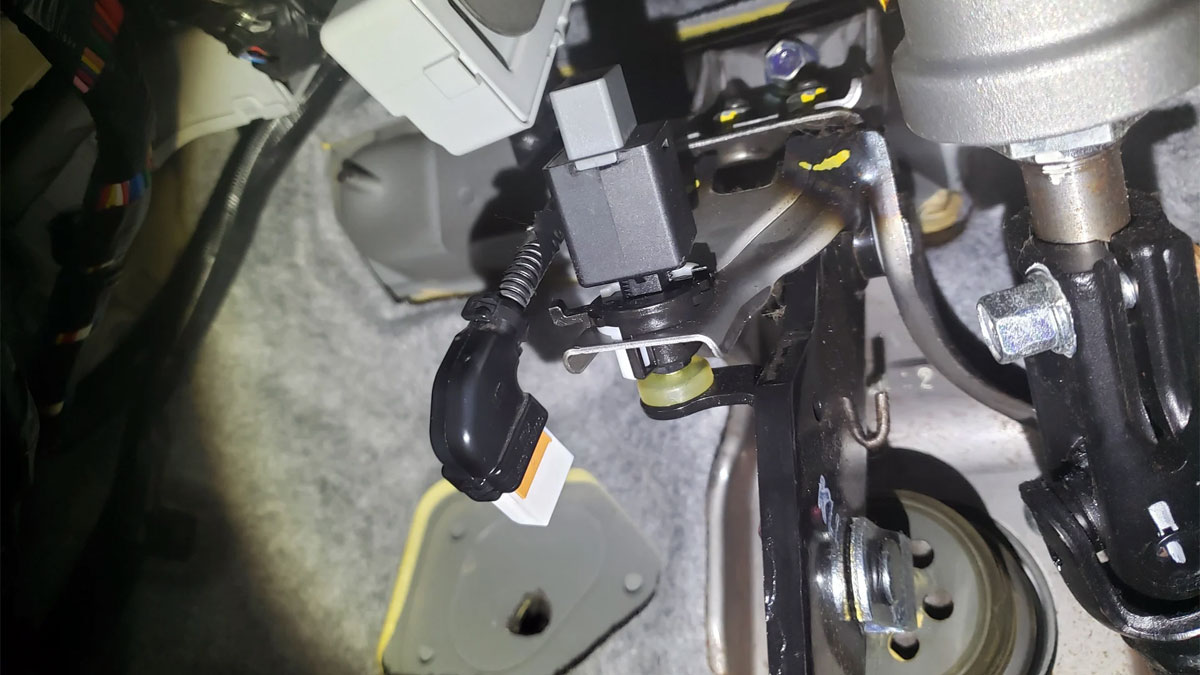
Your vehicle’s brake switch turns on the brake lights behind your vehicle whenever you depress the pedal. This lets other drivers know you’re slowing down and allows them to react appropriately.
While brake light switches do fail (although not that often), the ESP BUS light might turn on in those cases. The reason for this is two-fold. First, it’ll turn on to let you know there’s a problem, otherwise you might not realize the brake switch even failed!
Next, the brake switch often works with the brake assist system to let the computer know you’re trying to stop. If your vehicle’s computer doesn’t realize you’re hitting the brakes it won’t know when to help you out in a hard braking situation.
#4 – Wiring Problems
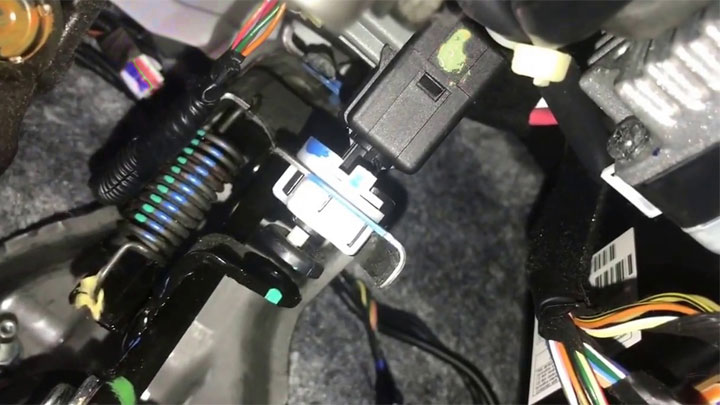
All these different sensors communicate with each other and with the computer through wires, and if any of those wires aren’t transmitting accurate information this is detrimental to the system.
The problem could be a complete break in the line that’s keeping it from delivering the necessary signals, or there could be too much resistance, a short, or a crossed wire somewhere. Wiring problems are notoriously difficult to track down, but luckily they’re pretty rare.
Is It Safe to Drive With the ESP Bas Light On?
The first thing you need to know if your vehicle’s ESP BAS light comes on is that you no longer have either of these advanced features. Your vehicle recognizes the system isn’t working correctly and for your safety, it disables both systems.
Since plenty of vehicles don’t have either of these systems, it’s not a huge deal, but you are losing a high-tech safety feature your vehicle would have otherwise.
And most of the time, this is the only thing that comes from an ESP BAS light staying on. But because faulty sensors can sometimes lead to additional problems or the loss of even more safety features, it’s best to get a proper diagnosis and go from there.
Finally, even if every vehicle doesn’t have these advanced features, yours could. The last thing you want is to get into an accident you could’ve prevented if you’d replaced or repaired the faulty component.
Read Also: What is a VSA Light in a Honda?
How to Fix
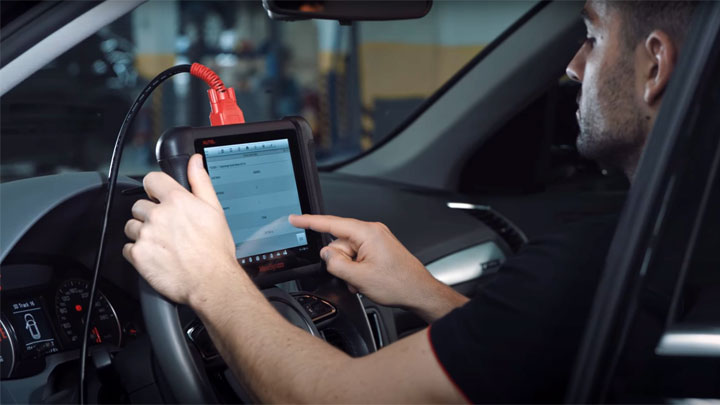
If your vehicle’s ESP BAS light just came on, the only thing you’re likely worried about is turning it off! When you’re troubleshooting why the light is on, it’s best to rule out the easy stuff first. Because of this, it’s best to rule out the brake switch first.
To test the switch:
- Turn the vehicle on and then push in the brake pedal while someone is standing behind your vehicle.
- If the brake lights turn on, the brake switch is working.
- If they don’t, you’ve likely found the problem.
Next, you’ll want to connect an automotive scan tool so you can look at the various sensor readings.
- Start by looking at the steering angle sensor reading. Turn the steering wheel while looking at the sensor reading and see if it’s changing correctly.
- If it is, this isn’t the problem. If it isn’t, the steering angle sensor may be the culprit.
From there, pull up the wheel speed sensor readings and go for a drive with a passenger.
- Have them look at the wheel sensor readouts as you drive down the road and see if there’s one that doesn’t match the rest.
- If so, a faulty wheel speed sensor is the likely problem.
Keep in mind that with any of these sensors, the problem could be that the signal isn’t making it from the sensor to the computer. While this is unlikely, if it happens, you have a wiring issue you’ll need to troubleshoot.
Read Also: How to Reset a “Service StabiliTrak” Light
What if the Light Comes Back on After Resetting?
If the ESP BAS light comes back on shortly after you reset it, there’s a good chance it’s because you didn’t properly diagnose or repair the problem the first time. We know this can be a frustrating situation since you just thought you’d fixed the problem, but if the light is coming back on there’s still an issue.
Simply resetting a warning light via a scan tool is not a solution. If root cause isn’t addressed, the light will simply illuminate again as soon as it runs its normal diagnostics upon startup.
If you correctly diagnosed and replaced the component, there’s a good chance your vehicle has some sort of wiring problem keeping the signal coming from the sensor from getting to the computer.
You’ll need to jump back into the troubleshooting process to figure out what’s going on or take your vehicle to a professional mechanic so they can fix it for you.
- P0521 Code (Symptoms, Causes, How to Fix) - Mar 22, 2024
- How to PROPERLY Clean 5 Types of Steering Wheel Materials - Feb 19, 2024
- What Should You Do If Your Check Engine Light Comes On? - Nov 6, 2023
